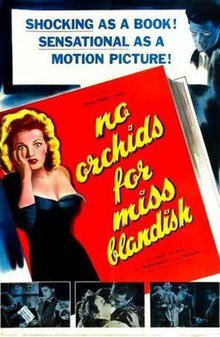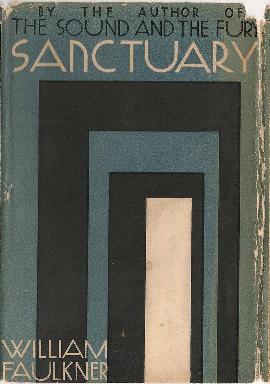
Sanctuary is a 1931 novel by American author William Faulkner about the rape and abduction of an upper-class Mississippi college girl, Temple Drake, during the Prohibition era. The novel was Faulkner's commercial and critical breakthrough and established his literary reputation, but was controversial given its themes. It is said Faulkner claimed it was a "potboiler", written purely for profit, but this has been debated by scholars and Faulkner's own friends.
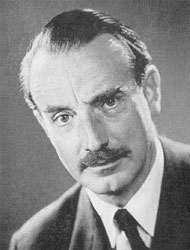
James Hadley Chase was an English writer. While his birth name was René Lodge Brabazon Raymond, he was well known by his various pseudonyms, including James Hadley Chase, James L. Docherty, Raymond Marshall, R. Raymond, and Ambrose Grant. He was one of the best known thriller writers of all time. The canon of Chase, comprising 90 titles, earned him a reputation as the king of thriller writers in Europe. He was also one of the internationally best-selling authors, and to date 50 of his books have been made into films.

Ronald Leigh-Hunt was a British film and television actor.
La Chair de l'orchidée is a 1975 film by Patrice Chéreau as his directorial debut, adapted by him and by Jean-Claude Carrière from the 1948 book The Flesh of the Orchid by British writer James Hadley Chase, "a pulp-novel sequel to No Orchids for Miss Blandish" (1939). The film stars Charlotte Rampling, Simone Signoret, Bruno Cremer, Edwige Feuillère and, in a cameo, Alida Valli.
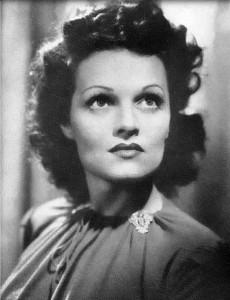
Florence Lindon-Travers, known professionally as Linden Travers, was a British actress.

Murders in the Rue Morgue is a 1932 American horror film directed by Robert Florey, based on Edgar Allan Poe's 1841 short story "The Murders in the Rue Morgue". The plot is about Doctor Mirakle, a carnival sideshow entertainer and scientist who kidnaps Parisian women to mix their blood with that of his gorilla, Erik. As his experiments fail because of the quality of his victims' blood, Mirakle meets with Camille L'Espanye, and has her kidnapped and her mother murdered, leading to suspicion falling on Camille's fiance, Pierre Dupin, a medical student who has already become interested in the earlier murders.

Jack La Rue was an American film and stage actor.

The Story of Temple Drake is a 1933 American pre-Code drama film directed by Stephen Roberts and starring Miriam Hopkins and Jack La Rue. It tells the story of Temple Drake, a reckless woman in the American South who falls into the hands of a brutal gangster and rapist. It was adapted from the highly controversial 1931 novel Sanctuary by William Faulkner. Though some of the more salacious elements of the source novel were not included, the film was still considered so indecent that it helped give rise to the strict enforcement of the Hays Code.

The Grissom Gang is a 1971 American crime neo noir directed and produced by Robert Aldrich from a screenplay by Leon Griffiths. The film is the second adaptation of the 1939 novel No Orchids for Miss Blandish by James Hadley Chase; a previous version had been made in Britain in 1948. The cast includes Kim Darby, Scott Wilson, Tony Musante, Robert Lansing, Irene Dailey, Connie Stevens, Wesley Addy, Joey Faye and Ralph Waite.

The Bad Lord Byron is a 1949 British historical drama film about the life of Lord Byron. It was directed by David MacDonald and starred Dennis Price as Byron with Mai Zetterling, Linden Travers and Joan Greenwood.

Danny Green was an English character actor. He was best known for his role as the slow-witted ex-boxer "One-Round" Lawson in The Ladykillers.

Charles Goldner was an Austrian-born actor who appeared in a number of British films during the 1940s and 1950s. Born in Vienna, Austria, on 7 December 1900, he made his screen debut in the 1940 film Room for Two and went on to appear in Brighton Rock, No Orchids for Miss Blandish, Bond Street and The Captain's Paradise. His stage work included starring in the 1954 Broadway musical The Girl in Pink Tights. He died on 15 April 1955 in London, England.
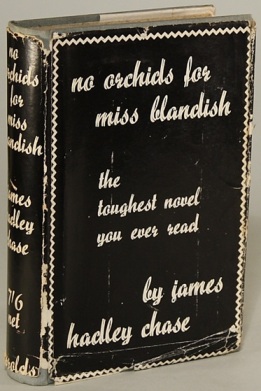
No Orchids for Miss Blandish is a 1939 crime novel by the British writer James Hadley Chase. It was a critical and commercial success upon release, though it also provoked considerable controversy due to its explicit depiction of sexuality and violence. In 1942, the novel was adapted into a stage play and in 1948 it became a British film. The novel became particularly popular with British servicemen during World War II.
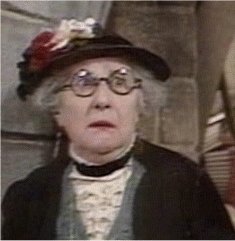
Minnie Malinda "Nan" Braunton was a British actress who had a prolific stage career during the 1930s and 1940s but who is best remembered for playing Cissy Godfrey in the BBC comedy Dad's Army.

Phantom Raiders is a 1940 film, the second in the series starring Walter Pidgeon as detective Nick Carter. The film was part of a movie trilogy based on original stories featuring the character from the long-running Nick Carter, Detective literary series. In the heightened tensions prior to World War II, Hollywood produced many films in the spy film genre such as Phantom Raiders.
No Orchids for Miss Blandish is a 1942 British stage adaptation by James Hadley Chase and Robert Nesbitt of Chase's 1939 novel of the same name. It ran for 203 performances at the Prince of Wales Theatre in the West End.
Nicole Rischmann, better known by her stage name of Nicole Riche, was a French stage and film actress.
James George Minter, was a British film producer and screenwriter born in Islington, London. He established the company Renown Pictures.
Popeye is a character in William Faulkner's 1931 novel Sanctuary. He is a Memphis, Tennessee-based criminal who rapes Temple Drake and introduces her into a criminal world which corrupts her.
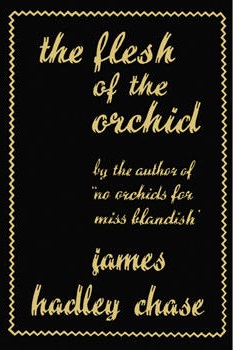
The Flesh of the Orchid is a 1948 thriller novel by British author James Hadley Chase. It is a sequel to the book No Orchids for Miss Blandish by the same author.
